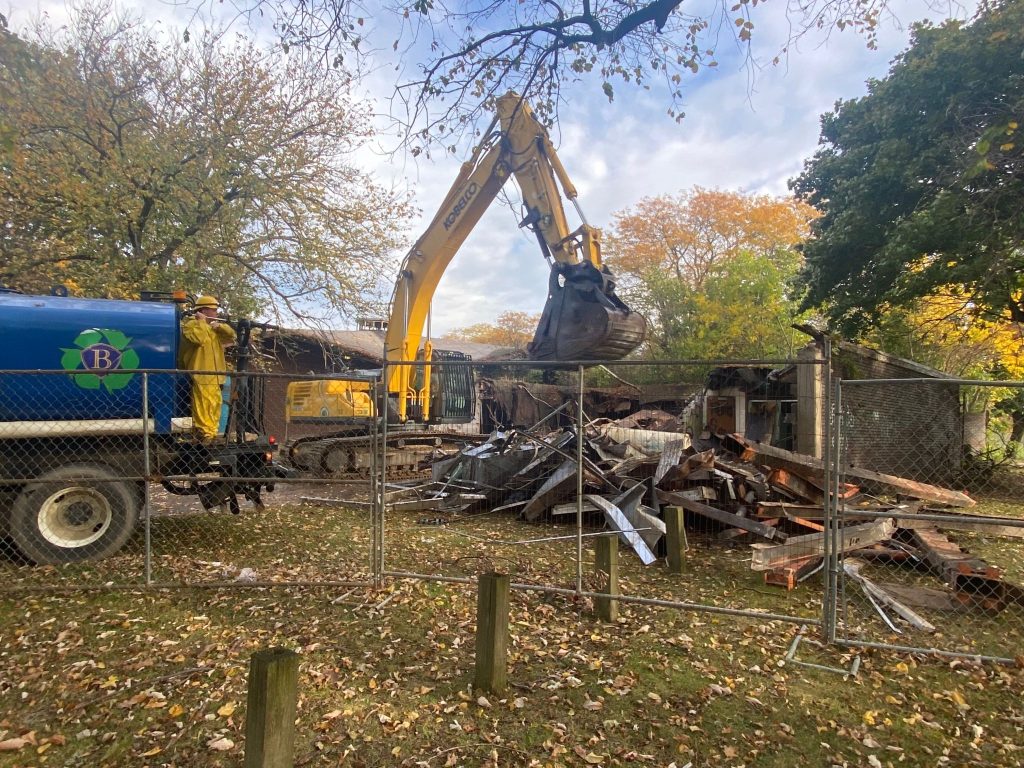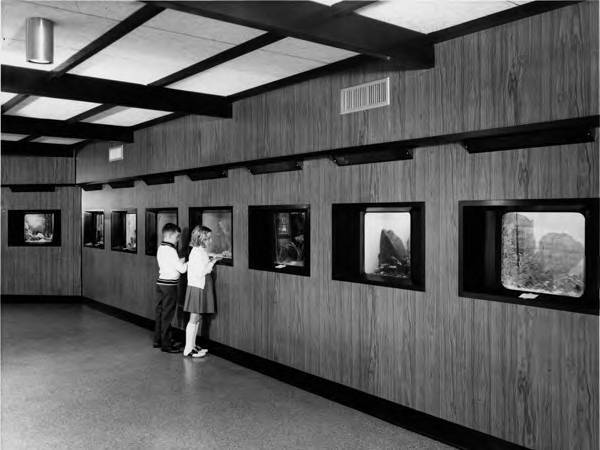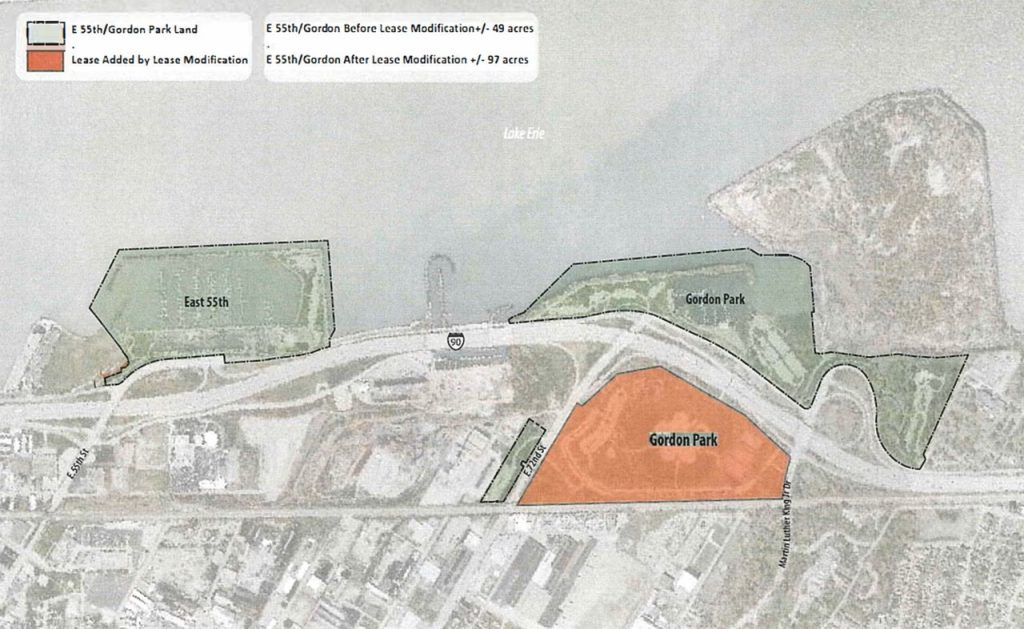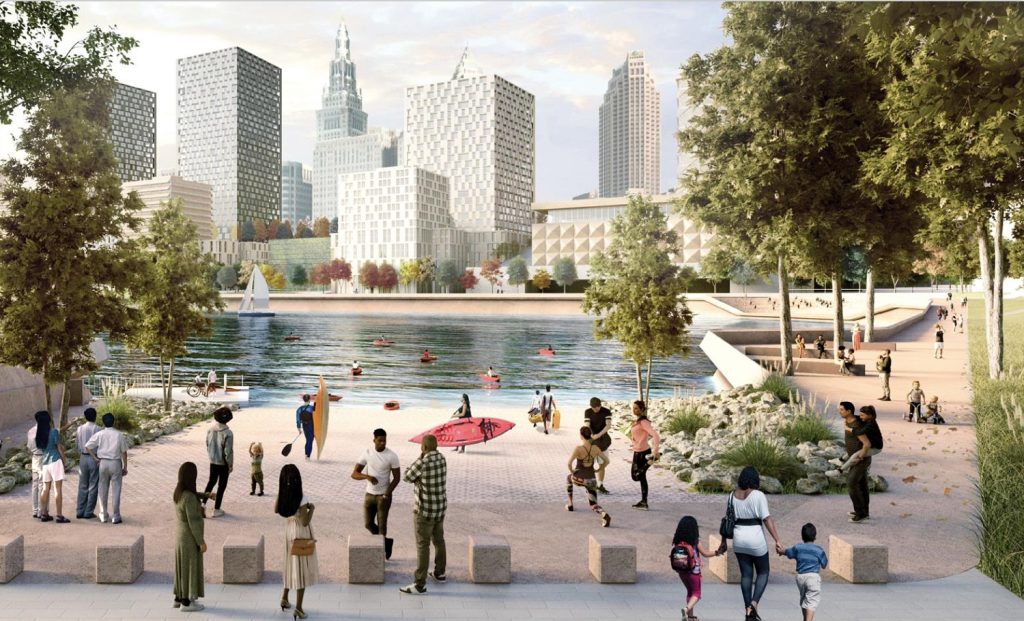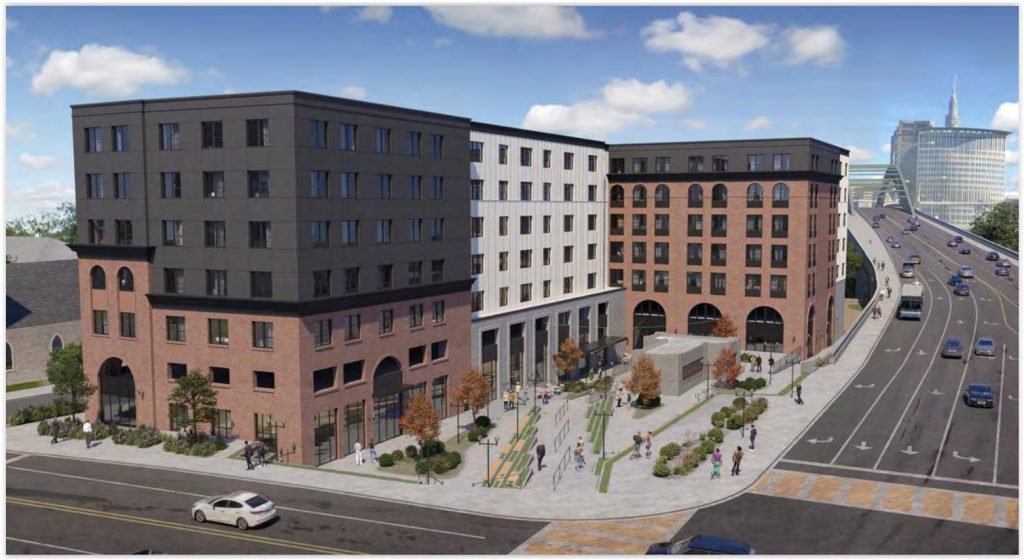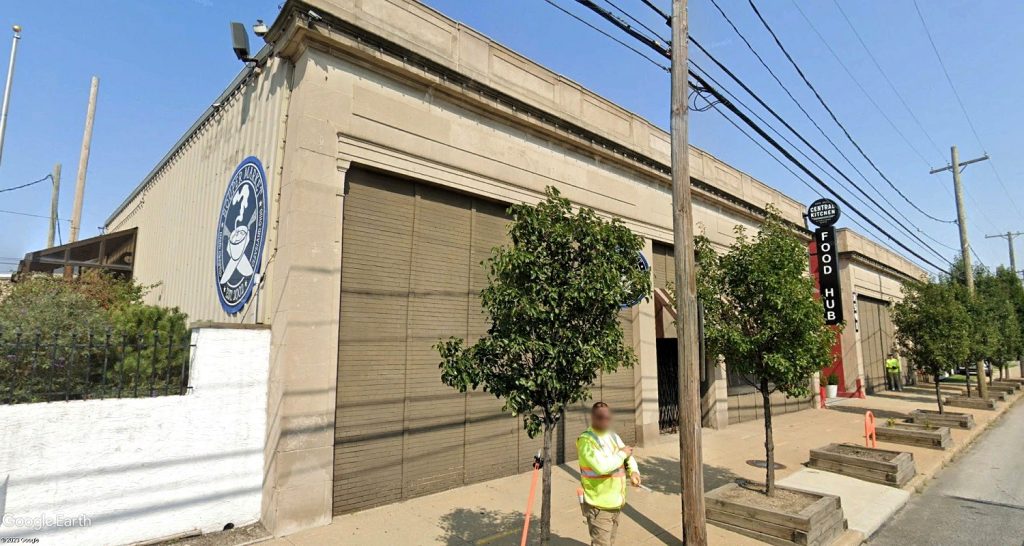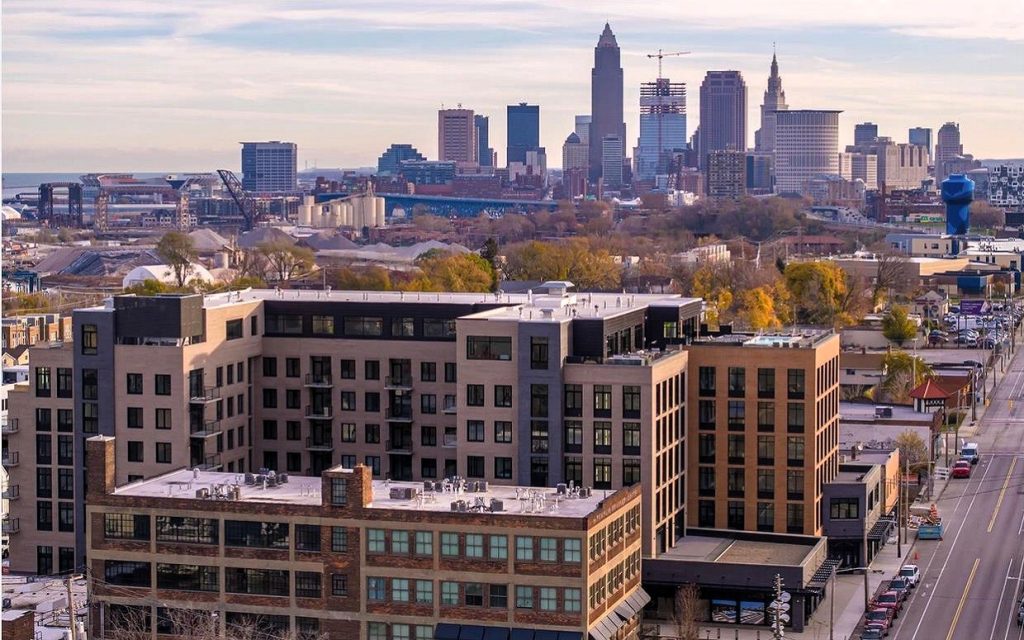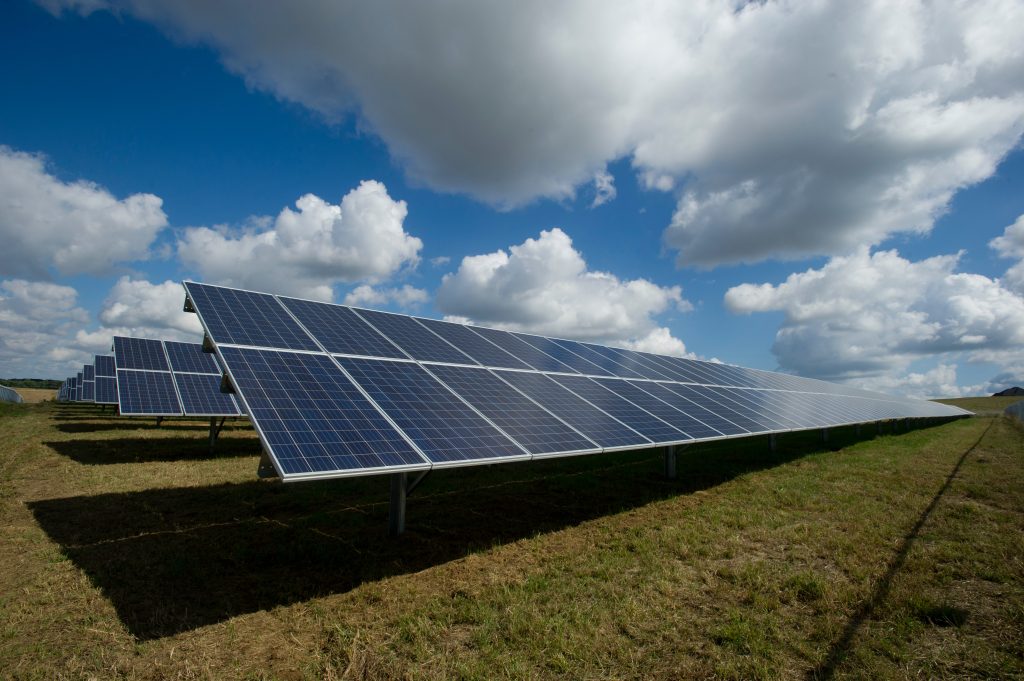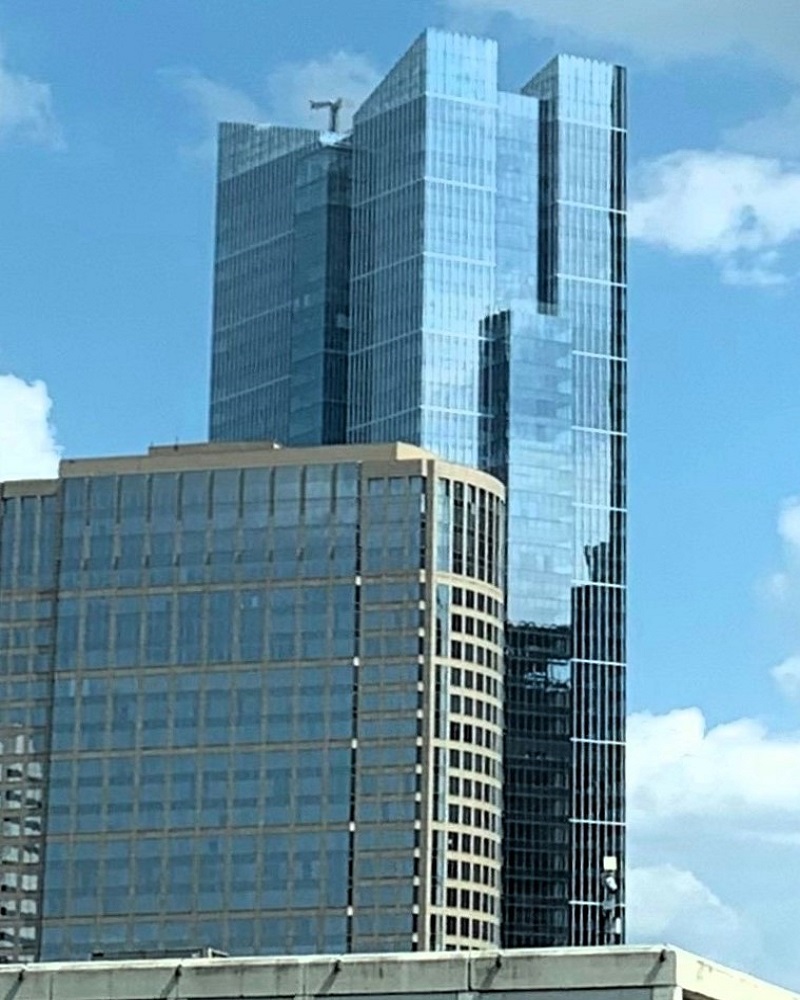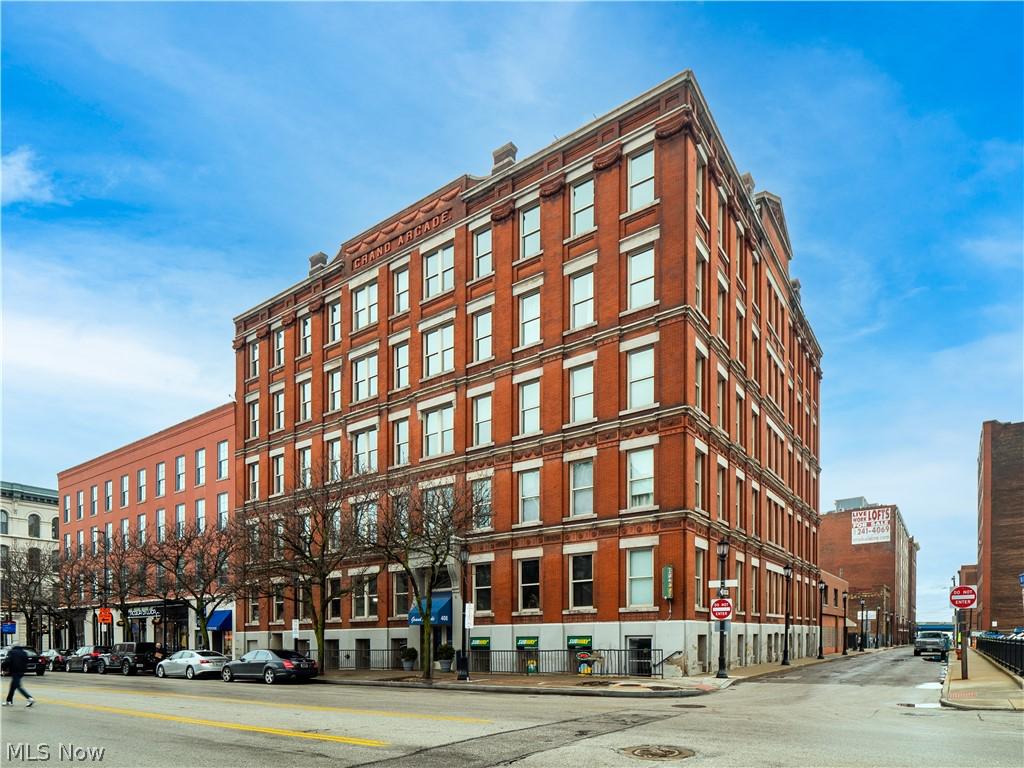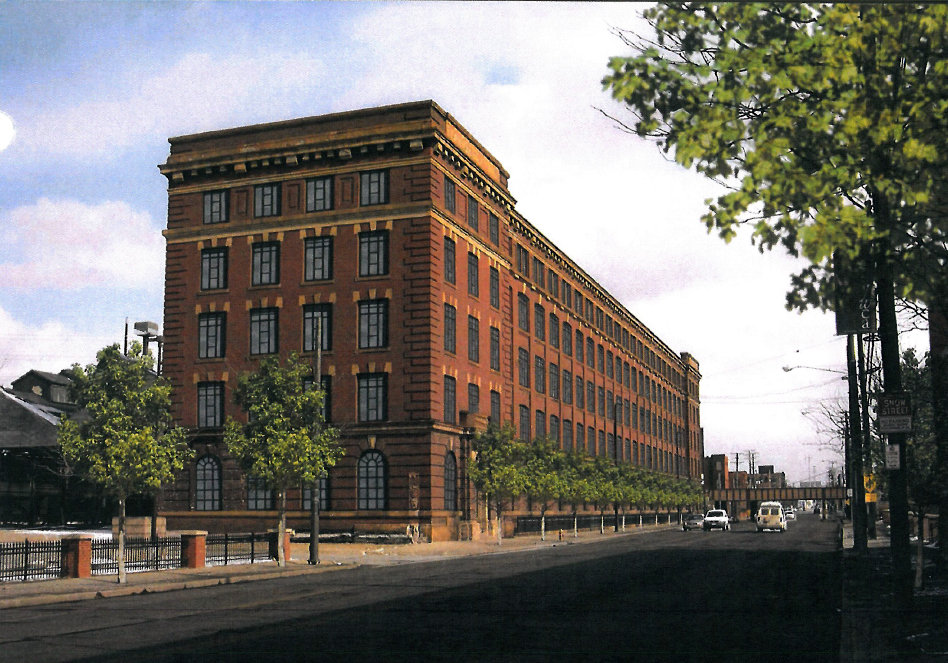Metroparks to seek public input on park plan
After sitting empty and rotting away for nearly four decades, the old Cleveland Aquarium at South Gordon Park was finally demolished yesterday by contractors for the Cleveland Metroparks. The regional park system, whose long-term lease of this city-owned site took effect earlier this month, wasted no time in taking down the long-closed aquarium building. In the coming months, Metroparks officials said they intend to seek community input on how to improve South Gordon Park.
Many Clevelanders of a certain age remember going with their families or school groups on field trips to the aquarium during its 31 years of operation, from 1954-1985. During those years, the Cleveland Aquarium Society and Cleveland Museum of Natural History operated the city-owned property, 740 E. 72nd St. It was a popular attraction, averaging 140,000 visitors per year and was home to hundreds of freshwater and saltwater specimens.
Despite its popularity, the aquarium had to be subsidized by the city which faced worsening financial troubles in the 1970s with the loss of manufacturing jobs. Finally, the saltwater exhibits corroded the building’s structure, according to Cleveland Historical at the Center for Public History and Digital Humanities. With funding for major repairs hard to come by, the aquarium closed in 1985. Its exhibits were transferred to the Cleveland Metroparks Zoo on the city’s south side. Today, there is the Greater Cleveland Aquarium located at 2000 Sycamore St. on the Flats West Bank.
Crews for Baumann Enterprises Inc. of Garfield Heights began demolishing the former aquarium yesterday. Its structure, surrounding pavement, and all related foundations are to be removed in their entirety with any hazardous materials to be abated, according to the Metroparks’ $287,777 demolition contract with Baumann. The backfill of any excavated foundations will be recompacted to the level of the surrounding land so the site is prepared for any future use by the Metroparks.
“Today is a day I have been personally waiting for for 13 years,” Metroparks CEO Brian M Zimmerman said on LinkedIn. “The old aquarium at Gordon Park South is finally coming down — 117,000 cars pass by this location every day. Progress in our communities that we serve matter. Actions speak louder than words. For the future of our neighborhoods and the communities they serve, parks are that space that can bring us together! Always Forward!”
The cleared site of the aquarium will help create a blank slate on which the community can plan new park improvements. The demolition is the result of a larger, ongoing, $300 million effort called the CHEERS project, or the Cleveland Harbor Eastern Embayment Resilience Strategy. One of the most ambitious parts of that strategy would be to use dredged sediment from the bottom of the lakefront’s harbor and Cuyahoga River to create an island in Lake Erie, just offshore from North Gordon Park.
In July, the Metroparks announced that the Jack, Joseph and Morton Mandel Foundation of Cleveland awarded $24 million in grants to several lakefront projects east of downtown. The largest share, $8 million, was awarded to the Metroparks for the revitalization of South Gordon Park with another $5 million for the extension of the Lakefront Bikeway from East 55th Street to downtown.
The foundation also gave a $725,000 grant to LAND Studio, a Cleveland nonprofit that designs placemaking projects, to conduct design work of the improved Gordon Park in Cleveland’s St. Clair-Superior neighborhood. More improvements are coming to Gordon Park. Last month, the Metroparks’ board approved paying KS Associates Inc. of Elyria $26,450 for professional design services for a new boat launch at Gordon Park, public records show. The Metroparks considers Gordon Park to Edgewater Park on the west side as part of its Lakefront Reservation.
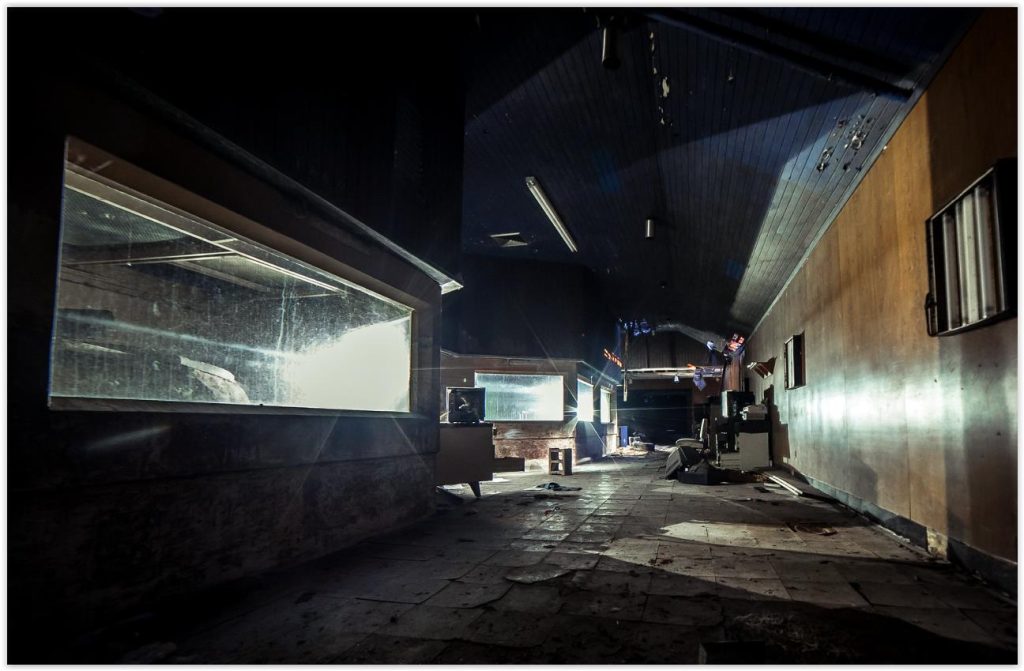
A decade ago, and already closed for nearly 30 years, the old Cleveland Aquarium was rotting away in 2013. It roof would soon cave in, yet the city neglected to demolish the building until the city leased the site to the Cleveland Metroparks which razed it less than a month later (Architectural Afterlife).
Last spring, Cleveland City Council agreed to amend its 99-year lease begun in 2013 with the Metroparks that originally included North Gordon Park and the East 55th Street Marina, totaling 48 acres. The 49-acre South Gordon Park was added to the existing lease without modifying its term or adding any new compensation, according to the amended lease documents.
City Councilman Anthony Hairston, whose Ward 10 includes Gordon Park, said he welcomed the change because “the Metroparks can maintain public parks better than the city.” Among the improvements he said he wanted to see at Gordon Park South is the addition of a fountain or sprayground, basketball courts and an indoor space that could be used year-round for community meetings or other programs.
“The improvements shall be determined by a community engagement process and the park and amenities shall remain open to the public free of charge,” the Metroparks’ amended lease with the city says. “The improvement, operation and maintenance of the park shall be in accordance with conveyance deeds from William J. Gordon and his estate to the city of Cleveland.”
Gordon Park was established in the late 1800s when Gordon passed away and had donated 122 acres of his land along the shoreline of Lake Erie to the city. Since then, the public park has seen many changes. In the early 20th century, it was a popular place for picnics, sports, swimming and fishing. But with worsening industrial pollution, fewer people swam and fished there. A bathhouse and fishing pier were soon closed and demolished by the city.
Gordon Park was split into north and south sides after Lake Shore Boulevard was paved and Collinwood and Euclid grew in population. Worsening traffic between those outer communities and downtown prompted the once peaceful, elegant boulevard to be widened to four lanes in 1941 and replaced in 1959 with a grade-separated Interstate 90, ODOT records show.
The limited beach access and usage led a former refreshments stand and bathrooms on the inland grounds to be converted to a Trailside Museum by the Cleveland Museum of Natural History in 1943. It housed natural history specimens of Northeast Ohio including several small aquariums containing fish from Doan Brook and Lake Erie. It was turned into the aquarium in 1954 under the leadership of the Cleveland Aquarium Society, Jim Lanese of Cleveland Historical noted.
By the mid-1960s, the aquarium’s popularity called for the expansion or development of a larger aquarium in Cleveland. After several proposals to relocate the facility, an expansion of the existing facility was agreed upon and a $300,000 grant from the Leonard C. Hanna Jr. Fund supported the tripling the size and exhibits of the existing site, Lanese wrote.
END

